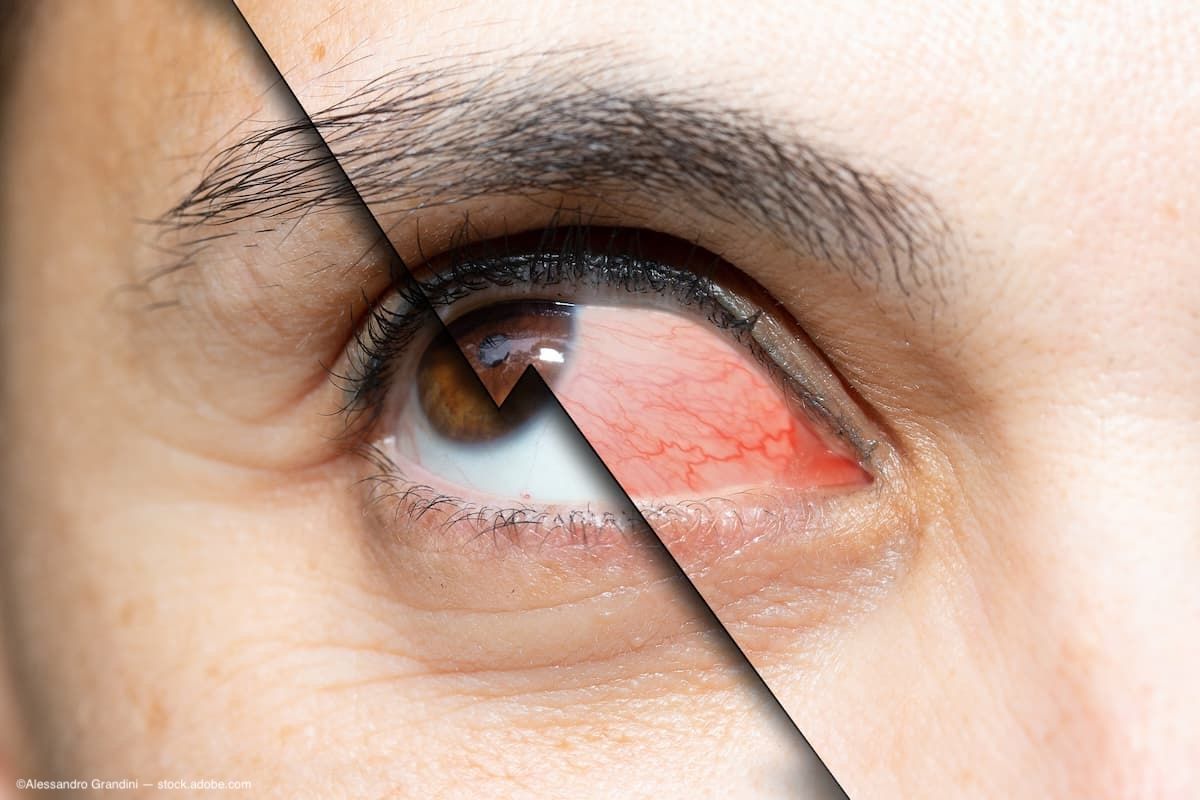Article
Researchers make great strides under Artificial Retina Project
Researchers are developing nano-sized implantable electronic devices, positioned either on the surface or under the retina, which would stimulate the neuroretinal cells of individuals with damaged retinas.

Key Points
The notion of an artificial retina that would bring the gift of sight to individuals whose retinas have been destroyed or damaged through trauma or disease seems so outlandish that, until recently, it was hard to believe that such whimsy might be taken seriously. Yet that concept is the center of a massive government effort, bringing together several government labs, private companies, and public and private universities.

The overall guiding force for those investigations is the Artificial Retina Project, a scientific consortium under the auspices of the Department of Energy. The effort takes in several well-known public/private organizations, including the Sandia, Argonne, Oak Ridge, Los Alamos, Brookhaven, and Lawrence Livermore national laboratories, as well as several universities and private companies. Large cooperative programs of this nature are becoming common in biological research because investigators struggle with problems of increasing complexity, including systems biology, mapping of neuronal pathways in the central nervous system, and, of course, the human genome and proteome projects. Two decades ago, monster scientific ventures were virtually unknown in biology, and the concept of employing huge umbrella organizations in basic research was confined to fields such as particle physics and space exploration.
Artificial Retina Project
The goals of the Artificial Retina Project, along with a group of companies and research teams, are much grander, hinging on the construction of nano-sized implantable devices that would be attached to damaged retinas of individuals who had lost all or almost all of their visual capability. Two possible orientations of those devices are under investigation.
What enables the technology to work is the discovery that optical neurons in the retina still are capable of transmitting signals even when the sensory cells of the retina are destroyed. Thus an electrode-studded array tacked to the retina can activate the optical neurons. The apparatus consists of a miniaturized camera and microprocessor mounted in a pair of glasses, which transmits to a receiver behind the ear. Power emanates from a battery pack mounted on a belt.
Those "Borg"-like inventions raise profound philosophical, ethical, and scientific questions. Individuals whose personalities were defined by life-long blindness can regain some vision and the ability to cope with a world designed for sighted individuals. The Doheny Eye Institute, Los Angeles, one of the participants in the Artificial Retina Project, has evaluated its simplest model with 16 electrodes on several patients and soon will introduce an improved version with 60 electrodes on a new group of volunteers.
Newsletter
Don’t miss out—get Ophthalmology Times updates on the latest clinical advancements and expert interviews, straight to your inbox.




